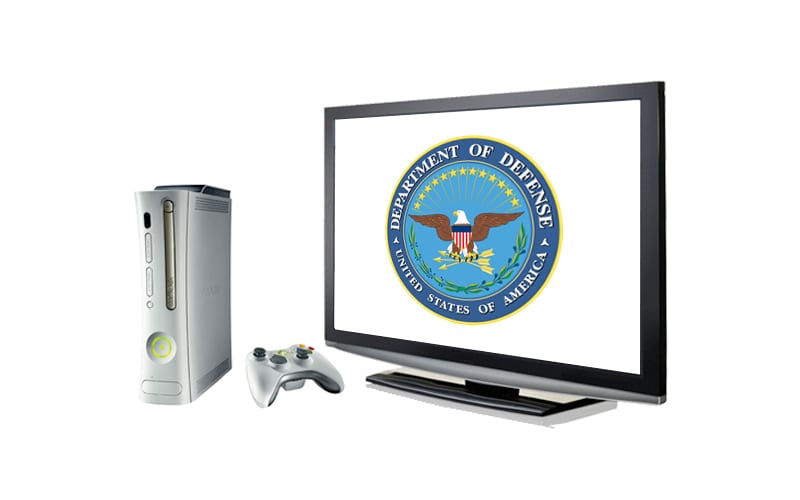Earlier this month Take Five launched a series on serious games and the way that various organizations use games as a tool to communicate. This week, we take closer look at how the military has been using games to pursue its recruiting and public relations goals.
In some ways, the Department of Defense has an easy job relating to the American media. Americans seem to like action and violence. Soldiers and government spies consistently break records at the movies and games box office – the military shooter franchise Call of Duty, for example, is worth over $3 billion dollars and is one of the most profitable franchises in gaming history.
It should be no surprise, therefore, that DoD has some influence this scene, giving advice and support to many movies and games companies regarding how things are done in the military. The army even has a consultation bureau which will offer government support as long as the production in question adheres to some strict guidelines about the depiction of the military. Government consultation with a franchise lends it an air of legitimacy, although viewers of last February’s film “Act of Valor”, in which the actors were active-duty Navy SEALs, can affirm that it is no guarantor of quality. While there are plenty of movies critical of the U.S. government and the intelligence or military branches, the Defense Department is at least able to operate and influence the military-oriented media scene, generating popular content that projects the U.S. military in a positive light.
[youtube http://www.youtube.com/watch?v=ZnlPgo9TaGo]
Games, as well as movies, are starting to occupy the military’s attention in some interesting ways. As with other forms of media, DoD’s goal in gaming is to increase public understanding of the Armed Forces and the Department of Defense and to assist Armed Forces recruiting and retention programs. One of its more successful forays into the games world is the “America’s Army” franchise, a first-person shooter (FPS) series developed and published by the U.S. armed forces. The game places a heavy emphasis on realism; the models of weapons and their sound effects are accurate to real world weapons; the player’s aim is affected by whether he is running or standing. Considerable emphasis, too, is placed on encouraging teamwork among the player soldiers.

There’s more at stake for the army than simply to boost gamer’s achievement scores. In 2011 U.S. Army were expected to recruit at least 64,000 new service members – an expensive proposition, considering the Army spends about $15,000 to recruit every soldier. So it doesn’t make many new enthusiastic signups to make “America’s Army” worthwhile, especially as the designers hope to discourage costly washouts by accurately demonstrating the rigors of military life. And while it seems that the age of the average gamer is around 35, the college-age player that is the prime demographic for recruitment is the most expensive to recruit – getting him or her to sign up on the basis a games purchase is a recruiter’s home run. Thus far, in terms of user engagement, the series has been a great success, ranked in the top 10 first-person shooter games played online between 2002 and 2008, with thousands of players online at any time according to Gamespy. Not bad for for $32 million investment over a decade.
Part of the reason for this success is that the mechanics of the series fall so neatly into existing frameworks for play. First-person shooter games have been around since the early 1990s and, in addition to having been huge earners for games consoles, spawned an entire generation of designers who know how to construct exactly how to create them. “America’s Army”, fitting neatly into this genre, is able to draw upon decades of game design; All that is required is to translate the Army’s field manual into a design document for gameplay. On the consumer end of the process, little effort is required to incorporate the game into the existing scene. The fact that American culture already regularly consumes entertainment media revolving around the military ensures that what the Defense Department has to say, people will pay to experience.

Games seem to fit well with the DoD’s ethos on a mechanical level. Games often revolve competition, cooperation, and the achievement of goals – not to mention the violence that so often fascinates a human audience. These concepts are the Defense Department’s very bread and butter, and what makes video games such an effective medium and tool for the military branch of the U.S. government. Games like “America’s Army” are important for internal consumption as well as external – since the army owns every asset that goes into the game, it can re-use the materials for other projects, such as training software.
When next week we look at State Department’s cautious foray’s into games, we’ll be asking a number of the same questions. What are State’s goals with games? What challenges does the organization face in using the medium as a tool? Stay tuned.





